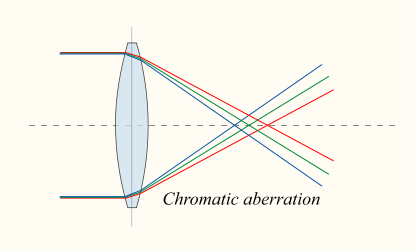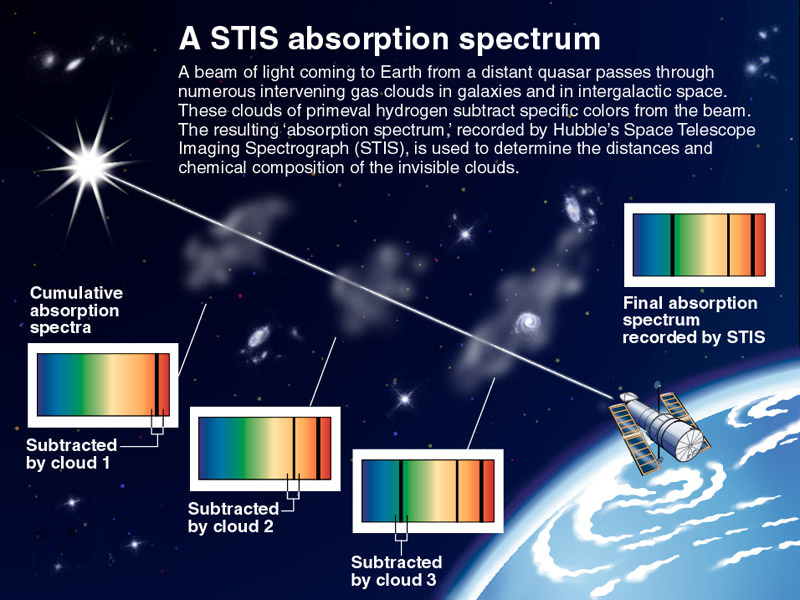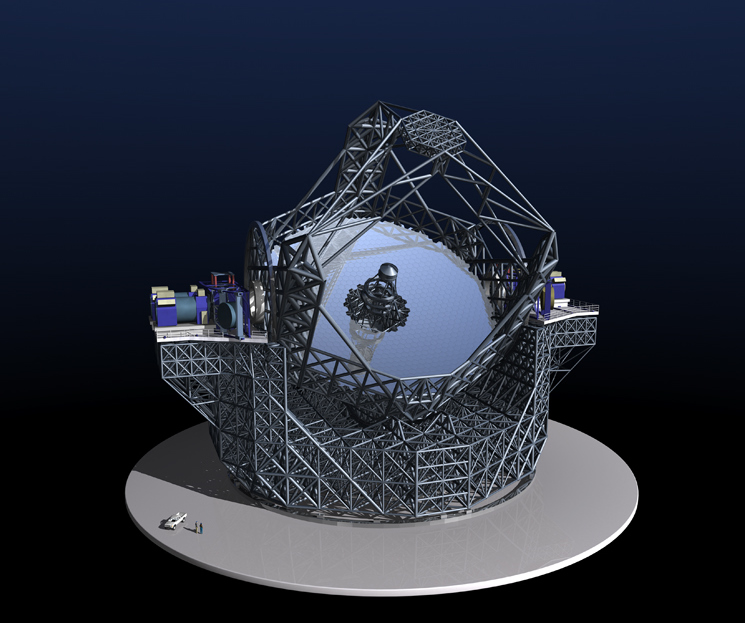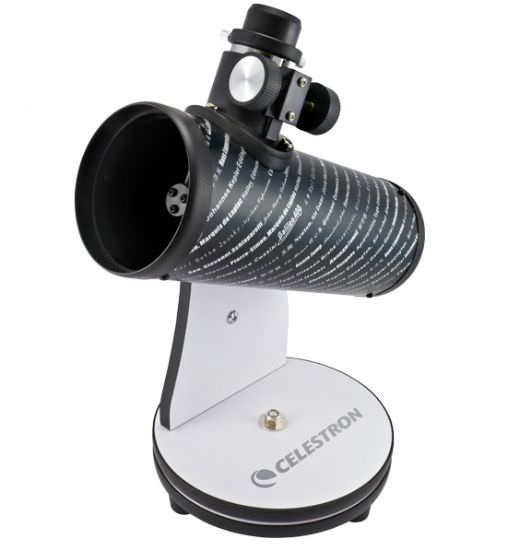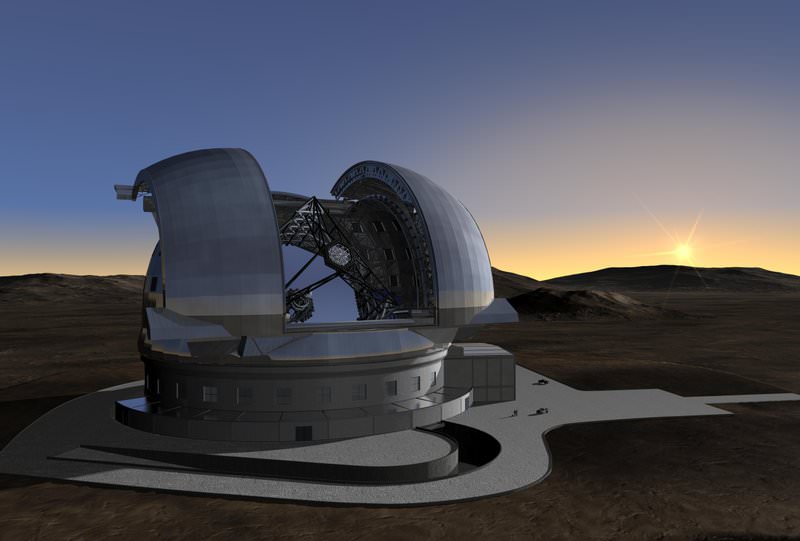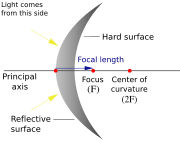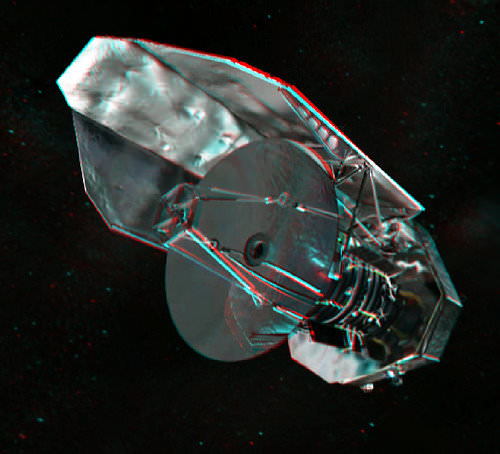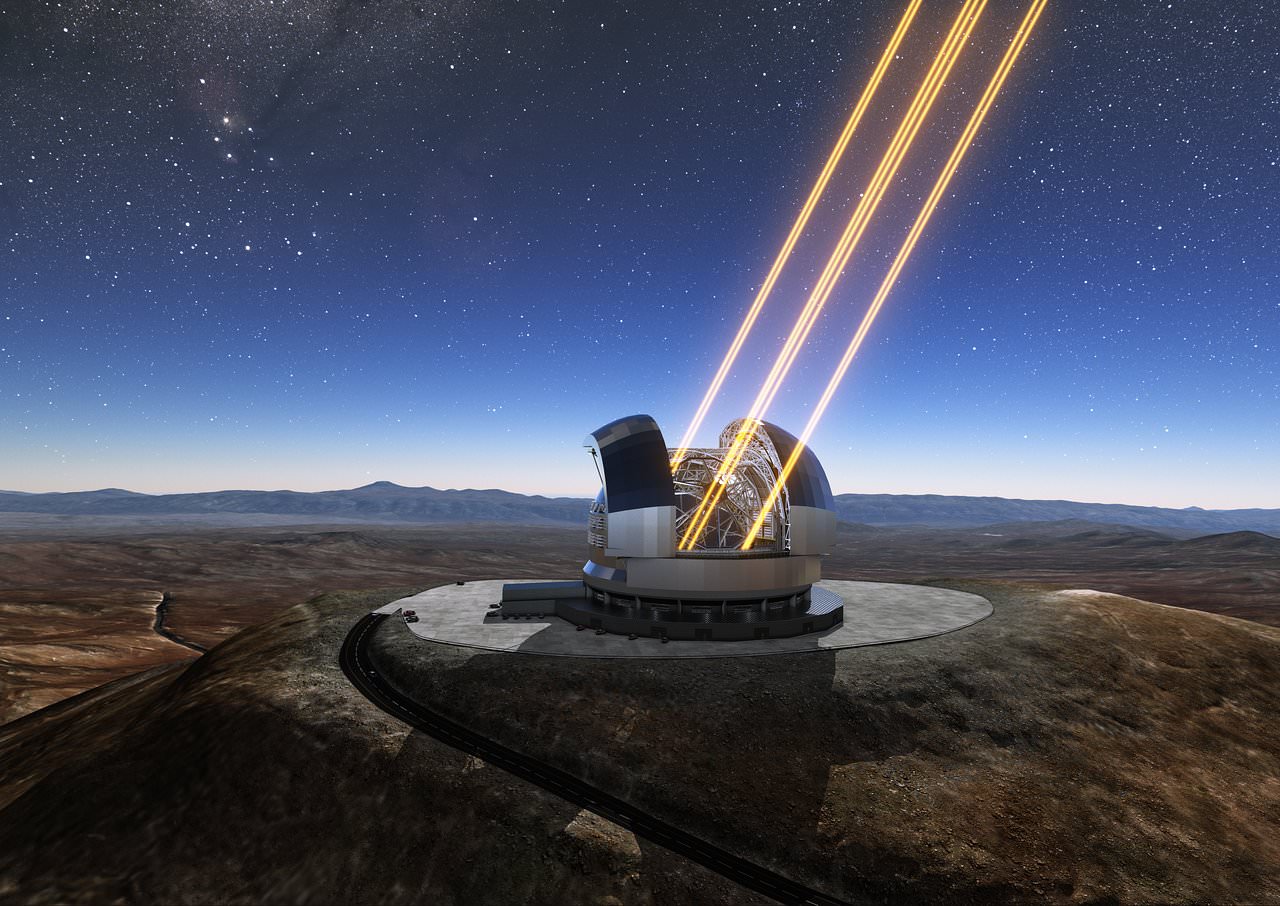[/caption]
Some colours just can’t keep up with the others! Well, that’s probably the simplest way to put it. But when scientists talk about the characteristics of light, it would be more accurate to say that different colours of light propagate at different speeds, orhave different wavelengths, and therefore refract differently. A well-known example of this is the prism effect, where a beam of white light is broken into a rainbow of colours. The result of this is that when objects are viewed through a simple lens, light will refract (bends) at different angles, meaning that it will not image all in the same place. A distortion results in which “fringes” of color appear along the boundaries that separate dark and bright parts of the image. This effect, known as Chromatic Aberration, can be a real pain for astronomers, surveyors, photographers, or just about anyone who wants to view an object (or objects) through a lens and needs to do so clearly!
Sir Isaac Newton was the first to demonstrate this effect some two-hundred years ago when he discovered that light was composed of multiple wavelengths. These colours refract unevenly, with blue-appearing light refracting at shorter wavelengths and red-appearing light refracting at longer, with green refracting in the middle. Since that time, scientists, astronomers and opticians have come to identify two basic kinds of aberration. The first is axial (or longitudinal) where different wavelengths are focused at a different distance because the lens in unable to focus different colours in the same focal plane. The second is transverse (or lateral) aberration, where different wavelengths are focused at different positions in the focal plane and the effect is a sideward displacement of the image. In the former case, distortion occurs throughout the image whereas in the latter, distortion is absent from the centre but increases towards the edge.
There are many ways to remedy Chromatic Aberration. During the 17th century, telescopes had to be very long in order to correct for colour distortions. Sir Isaac Newton remedied this problem by creating the comparably compact, reflecting telescope in 1668 that used curved mirrors to get around this problem. The achromatic lens (or achromatic doublet) is another; a double lens that uses two kinds of glass that focuses all white light coming in at the same point on the other side of the lens. Many types of glass, known as low dispersion glasses, have been developed to reduce chromatic aberration, the most notable being glasses that contain fluorite.
The discovery of Chromatic Aberration and the development of corrective lenses were major steps in the development of the optical microscope, the telescope; which in turn was a boon for astronomers and biologist who were able to gain a greater understanding of the universe and the natural world as a result.
We have written many articles about chromatic aberration for Universe Today. Here’s an article about optical aberration, and here’s an article about achromatic lens.
If you’d like more info on Chromatic Aberration, check out Hyperphysics for a great article on chromatic aberration, and here’s a link to Wise Geek’s discussion about chromatic aberration.
We’ve also recorded an entire episode of Astronomy Cast all about Choosing and Using a Telescope. Listen here, Episode 33: Choosing and Using a Telescope.
Sources:
http://en.wikipedia.org/wiki/Chromatic_aberration
http://toothwalker.org/optics/chromatic.html
http://hyperphysics.phy-astr.gsu.edu/hbase/geoopt/aber2.html
http://www.yorku.ca/eye/chroaber.htm
http://www.yorku.ca/eye/achromat.htm

